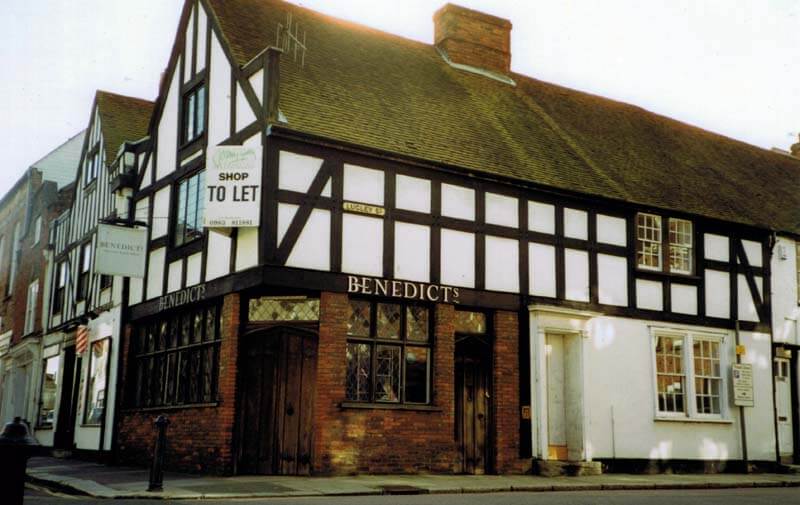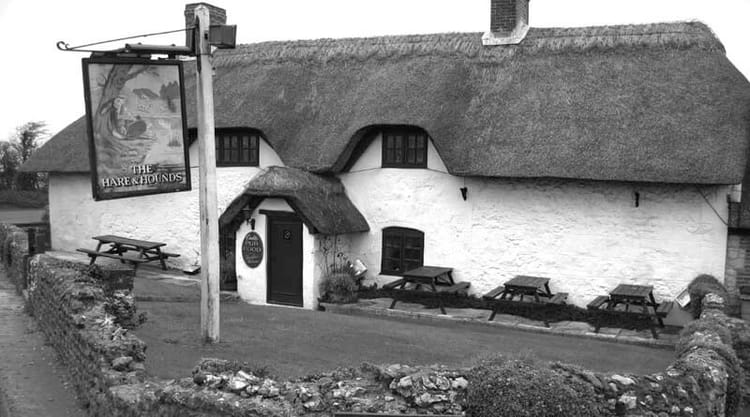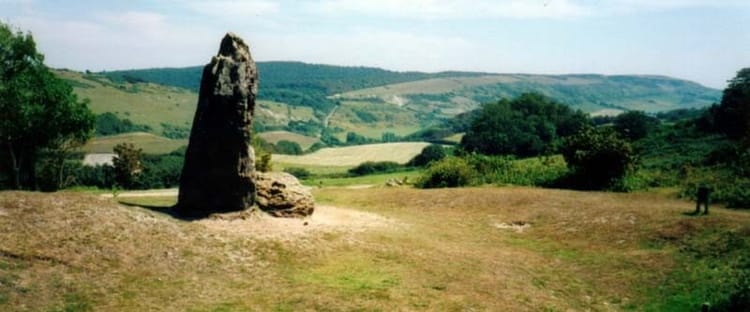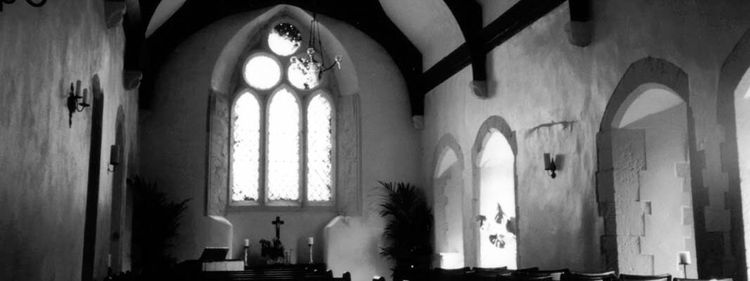Newport. Unsolved Mysteries Isle of Wight
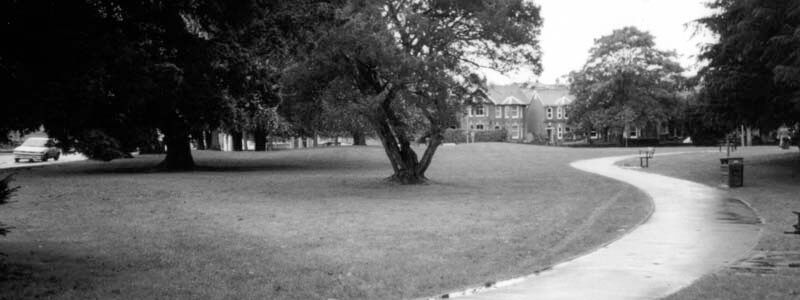
Church Litten Ghost in a Bonnet
Church Litten park is this peaceful open space of lush grass and shady trees in Newport town centre. In spring, summertime and warm autumn days it is vibrant with life, as townsfolk gather to enjoy this grassy oasis. Young people plan futures, older people share memories. What rests below is forgotten.
Formerly Litten Park was St. Thomas' church burial ground. Before this - during medieval times - archery butts were located here. Bows long and short twanged and hummed and chances are sometime, someone missed the target but caused an accident.
Which is why some paranormal investigators assume the Litten Park ghost is from that period, but those who had a sighting describe a misted figure wearing an old-fashioned bonnet.
The Old Burial Ground
The open ground of the archery range was repurposed during a plague outbreak in 1598. This deadly disease caused the loss of more than 200 Newport residents, too many to accommodate in the town's existing burial site in Carisbrooke churchyard.
The Litten, a Saxon word for 'burial ground', continued in use until 1850 when the graveyard was full. The council opened a new site, Mount Joy Cemetery. The Litten's funerary monuments were removed and broken up; names and epitaphs of the dead lost and forgotten.
The old graveyard transformed into the pleasure-garden it is today. "Life is for the living," is the story of Litten Park and a popular toast among regulars in the park's local inn, the Prince of Wales pub.
But what about the dead who haunt the park as ghosts?
Newport's Afterlife Package Options
"Ghosts don't exist," is a common answer to that question. The dead are dead. Living members of St. Thomas' congregation share a variation on that disbelief in ghosts, and assume everyone down there in the old graveyard is asleep awaiting the Day of Resurrection.
Some Newport residents who saw the ghost wonder if the community of impatient deceased who share this belief woke up and nominated a member to go look for sign of that happy event.
Beliefs in what happens during the post-burial 'afterlife' have come and gone in Newport during the last two thousand years. Romans, Saxons and Christians each had different expectations; as did the Vikings.
Vikings believed in instant transport to Valhalla to join their Gods Odin, Thor and Freyer. Although little is known about Isle of Wight Saxons' assumptions of the afterlife, post-burial they didn't expect to hang around for their own extraction to join their Gods, Woden. Thor and Frig.
Newport residents probably had little time to adjust to these afterlife options, but for over 300 years, Newport lived with the Gods of Rome.
Roman residents expected an instantaneous transport to the Underworld, guided by God Mercury, so long as funeral rites were performed correctly. If not, ghost happened. High-achieving heroes expected the blissful fields of Elysium.

Heaven is the New Destination
Things changed when Roman emperors declared themselves to be gods. Understandably, some religious influencers wanted a break with the past.
Although gaining followers Christianity's new promise was not recognised as the official religion in Roman Newport until AD 323, ten years after Emperor Constantine the Great adopted the religion in his Edict of Milan.
People on the Isle of Wight who preferred the old beliefs were identified as 'Paganii' which translates as 'rustic'.
The new religious influencers believed their mission was to save people from damnation in Hell. A terrible personal consequence caused by original sin. Tough decisions sometimes were necessary for the greater good of the world. Rustics had little to offer of any use to anybody.
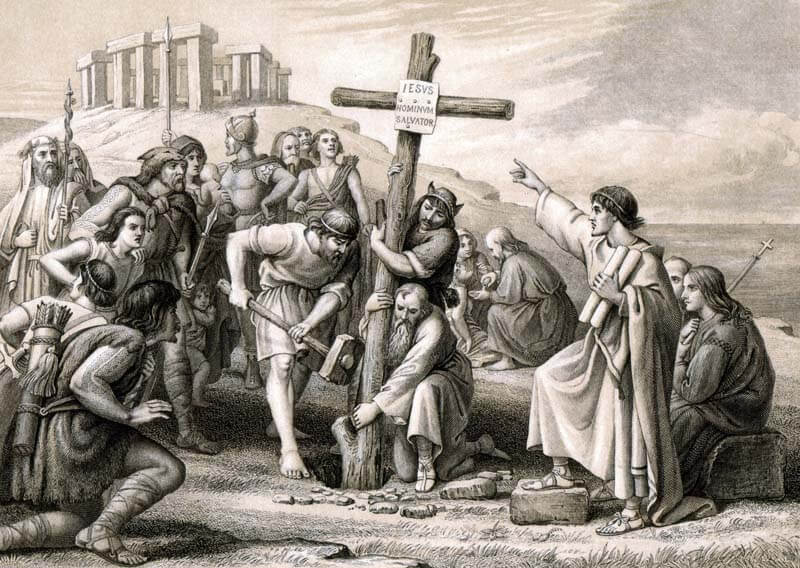
Rustics reminded them that the modern world is founded upon theirs: architecture, science, laws, drama, art; and belief in an afterlife.
Science Versus the Afterlife
Since the time of Litten Park's transformation in the mid 1800s, science offered a new afterlife option: There is no afterlife.
Science insisted on proof not faith, too often open to superstitious fancy and political abuse. Until proof is found there is no evidence of any afterlife. Newport residents were promised purely data-driven results to prove God is unnecessary as an explanation for our existence, and ghosts are not real.
A hundred years later, the building blocks of matter – the atom - were split and opened up to scientific scrutiny revealing, to everyone's surprise, unexpectedly weird realms of creativity behind the world we see. Science discovered that our world is not what it seems.
Data from observation and calculation reveal that the universe is 90% invisible; mysterious dark matter is all around us, moved by mysterious dark energy. Some say our universe exists inside a giant Black Hole, or was born in one; part of a multiverse of dimensions. If so, then time itself is an illusion.
Truth and the Prince of Wales
That conclusion isn't ever successful as an appeal in the Prince of Wales pub when last orders are called at the bar. Cutting short the debate on science and miracles. "Is there greater science-based evidence to suggest our world is more supernatural than natural?" is a fair question.
"Go home, but mind the ghost in the park," replies the landlord.
Science experiments have not proven the afterlife is unavailable to Newport residents. It has proved other dimensions are out there and decision-making is not dependent on 'flesh and blood'. Non-organic forms including light and plasma demonstrate awareness; light can be one thing and another thing.
In short, you don't need to be alive to be aware.
"Chances are we are not the only conscious entities in the universe. God probably exists," say the optimists.
"And Goddesses," add the 21st century rustics.
"And the Church Litten bonnet-wearing ghost," say the paranormalists.
Exploring the haunted Isle of Wight
Ghosts and the Afterlife
The cumulative evidence reported by ghost-disturbed householders since long ago, not just in Newport; and the meditative wisdom returned by Buddhists and shaman-based religious practices leads to the conclusion that the human body is a complex combination of energies, on which the flesh and blood form is generated.
Part of which does not cease to function when that flesh body dies.
Proof of this is discovered as medical technology has advanced. The number of people resuscitated from N.D.Es in the NHS - near death experiences - is increasing, and the consistency of accounts of what happened during those crucial few moments when the human body is technically dead, confirm the case for personality survival after death.
Not a 'Sweet Finale' hallucination courtesy of the expiring mind.
Which may explain why some ghosts in the old burial ground of Church Litten Park, want to know their queued position in the countdown for Paradise, whatever that might be.
Thank you for your company on this short tour of Isle of Wight mysteries and haunting. If you would like to know more about Margo Williams' investigations in Newport and other rogues and royals, read this book. Now available from Amazon.

